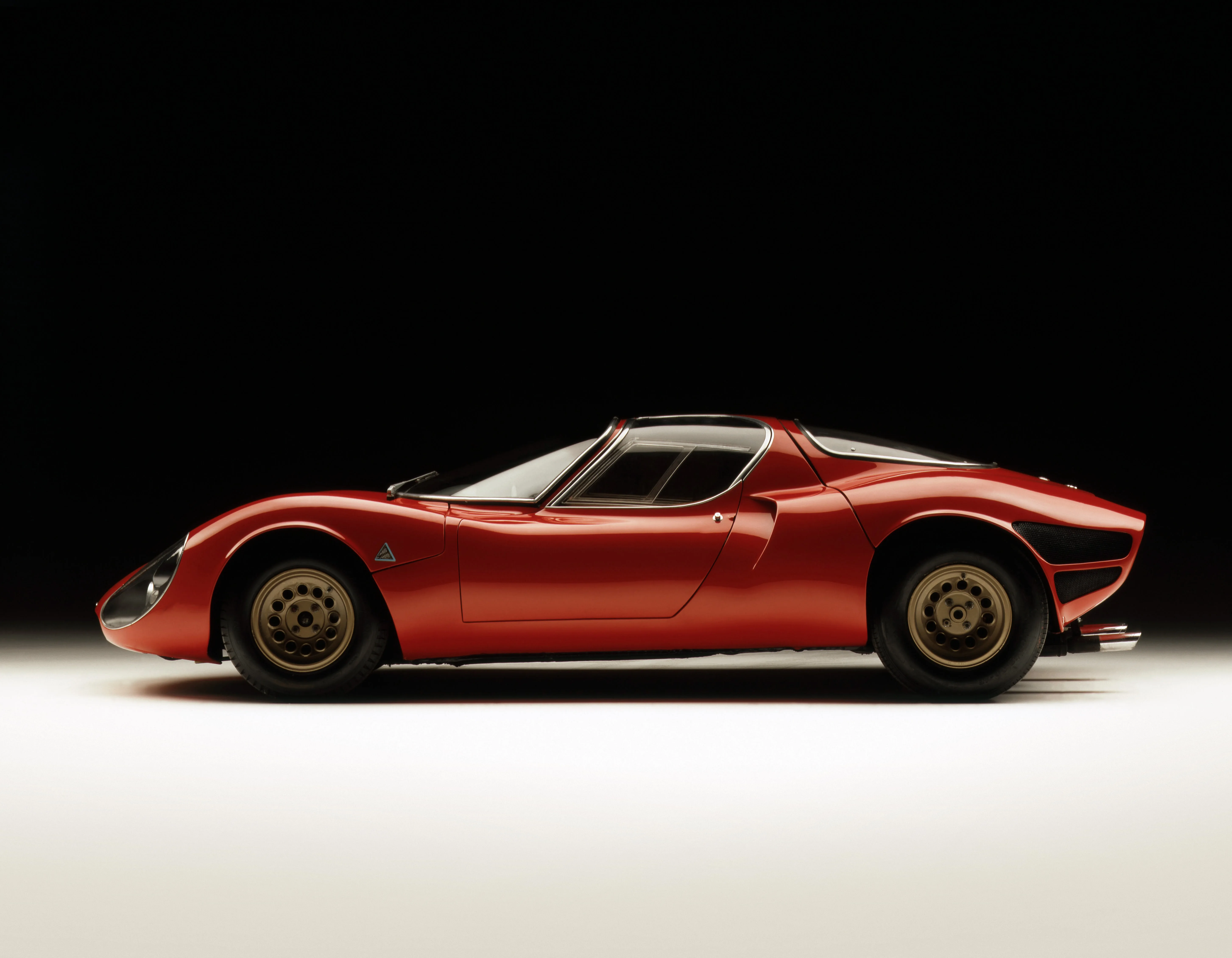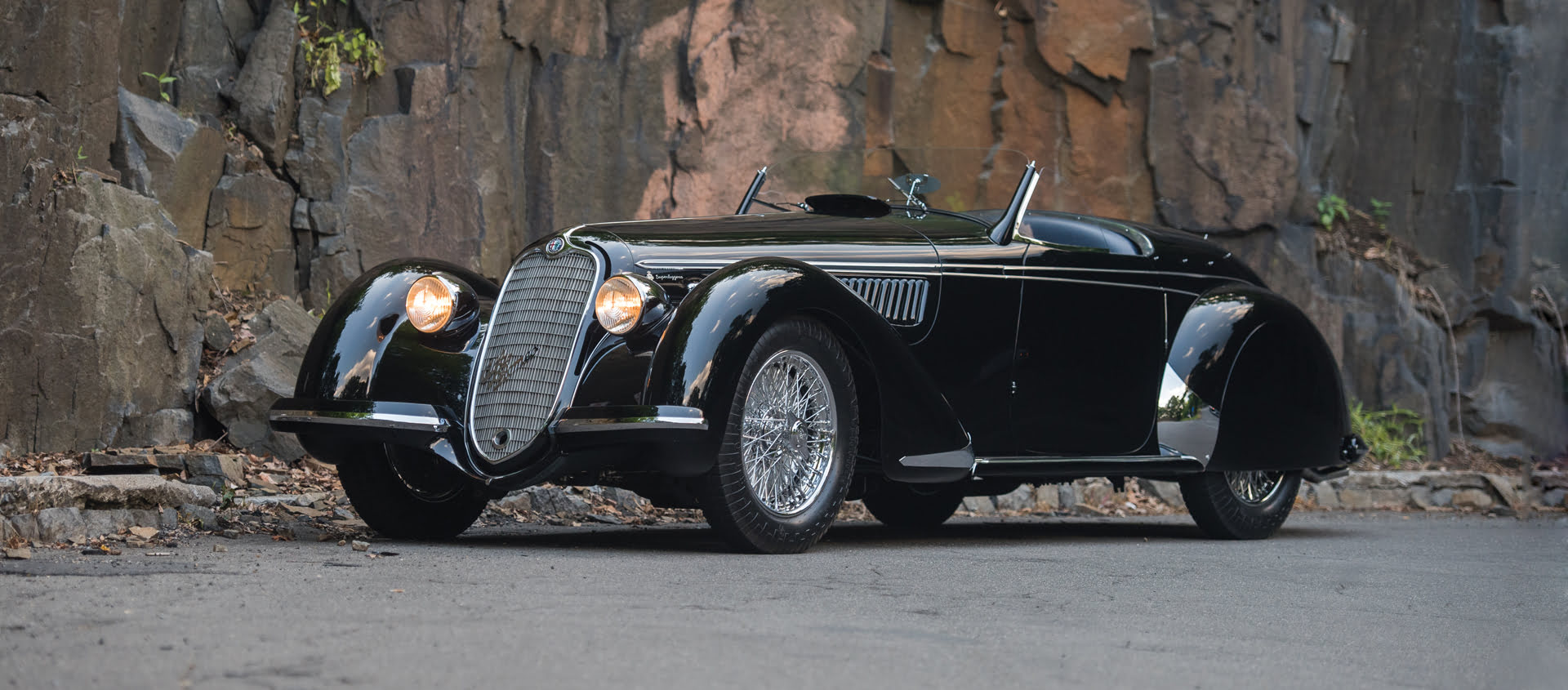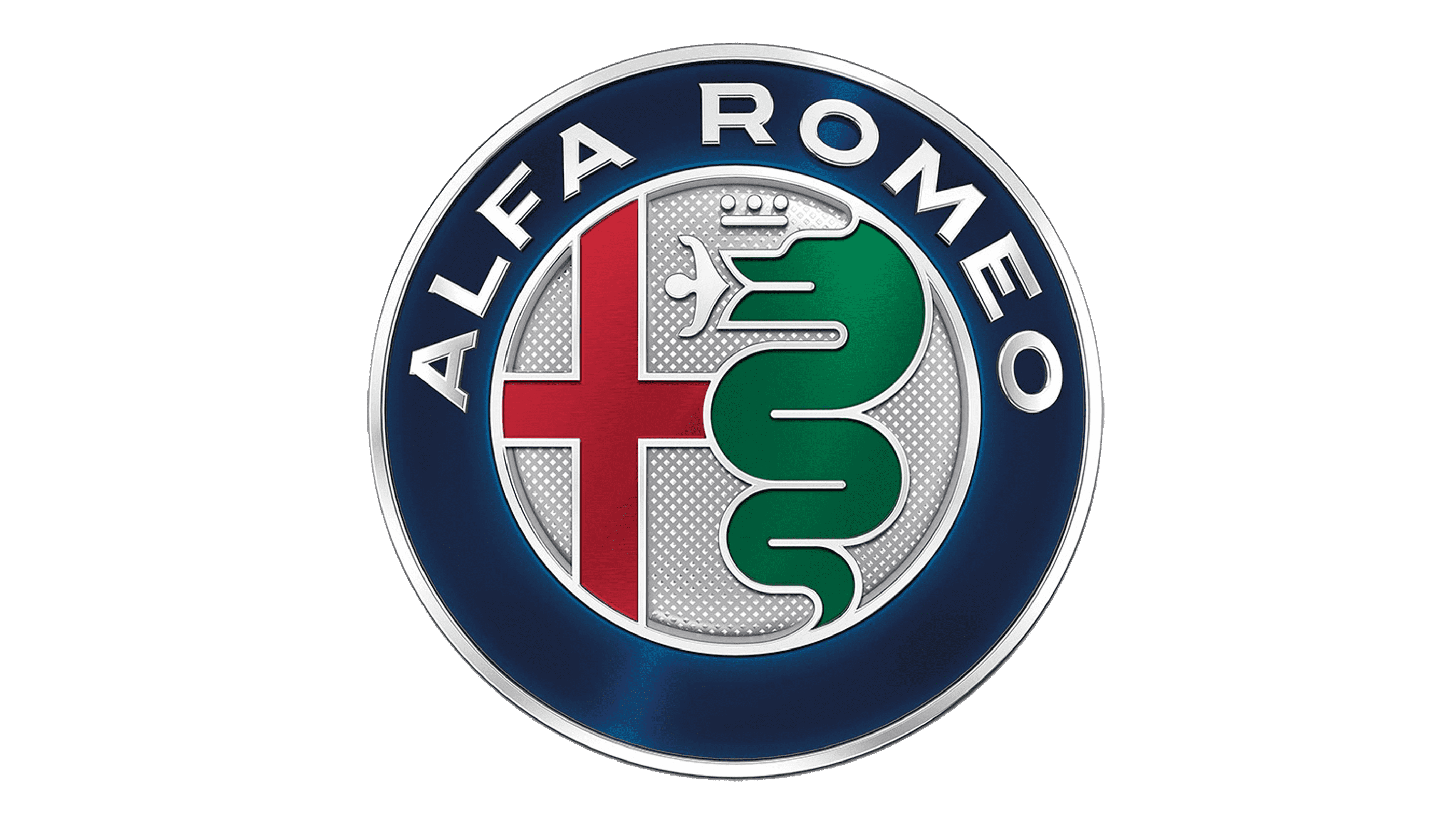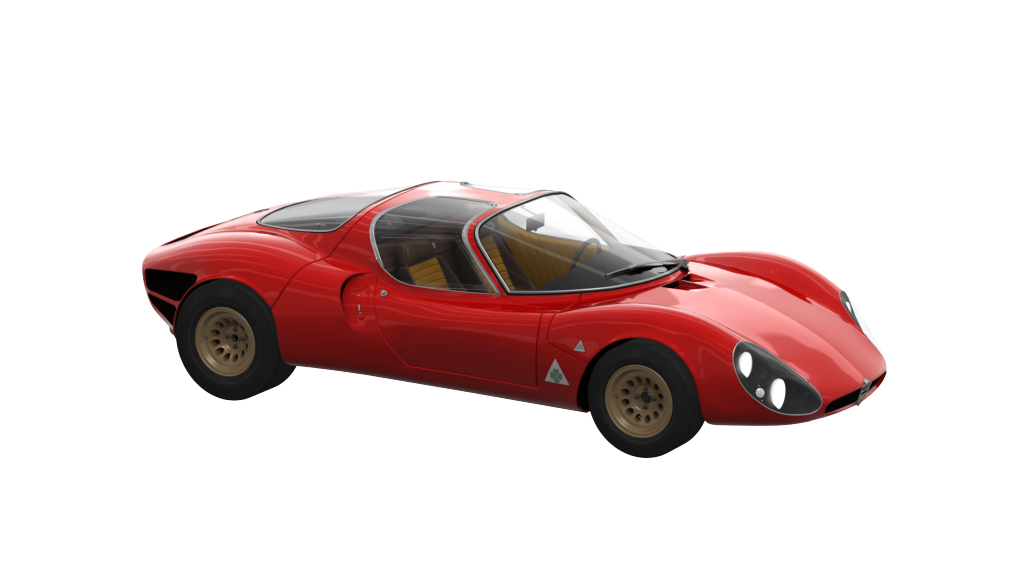Alfa Romeo 33 Stradale, a magical everyday racing car
18 November 2023 3 min read 5 images

Photo credit: Museo Alfa Romeo, Wheelsage
Who. In 1963, under the leadership of President Giuseppe Luraghi, Alfa Romeo decided to separate its racing department from the main company. This task was assigned to engineer Carlo Chiti, who led the newly formed Autodelta. The primary focus was on touring and grand touring cars. Then, in 1967, Alfa Romeo re-entered the sports prototype category with the Tipo 33. A 1995cc V8 engine was developed, making its debut in 1967 at the Fléron hill climb in Belgium, where it clinched victory with Teodoro Zeccoli. During the development of the car, which a few months later would dominate the 2-litre class at the 1968 24 Hours of Daytona, a decision was made to produce a limited road version series, featuring the same racing mechanics as the Tipo 33.
Register to unlock this article
Signing up is free and gives you access to hundreds of articles and additional benefits. See what’s included in your free membership. See what's included in your free membership.
Already have an account? Log In




